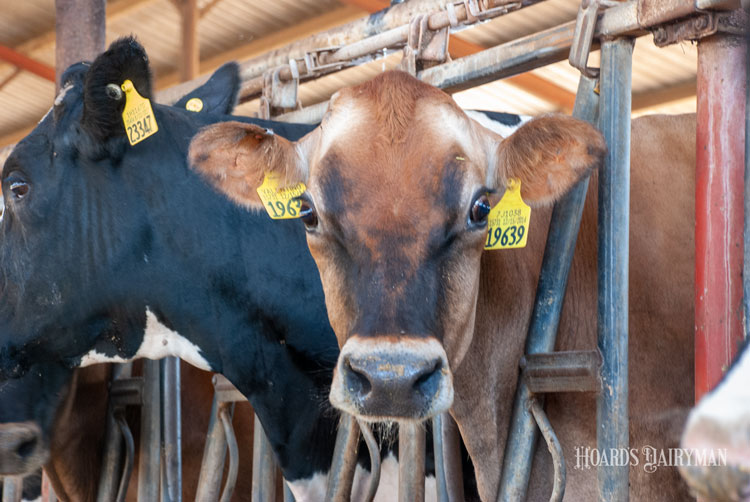
At 3.95%, the butterfat content in last year’s milk supply has pushed historic highs in USDA data tracing back to 1924. That 3.95% is just 0.03% away from the all-time record of 3.98% posted during the height of World War II in 1944 and 1945.
Of course, the dairy product pull looks much different than a decade ago. Full-fat dairy products are now a leading category when it comes to the dairy case and restaurant tables. As a result, butterfat levels climbed from 3.66% in 2010 to the 3.95% mark posted last year.
Butterfat had been lagging for decades. So much so that from 1966 to 2010, butterfat content in milk from the nation’s dairy farms hovered in a tight window from 3.66% to 3.69% during that 44-year stretch.
More than browning
Some have pointed to the fact that there are now more Jersey cows in the national dairy herd. While that may be true, Jerseys alone do not account for this seismic shift of 0.29% butterfat from 2010 to 2020. It also involves evolving genetics in Holsteins and a shift in feeding strategies.
In 2020, the National Association of Animal Breeders (NAAB) reported that there were 2.84 million units of Jersey semen sold. Given the overall dairy breed sales of 18.4 million units, Jerseys accounted for 15.4% of total sales. Meanwhile, Holsteins had 15.3 million units sold last year for an 83.4% market share. When combined, these two breeds represented 98.8% of all dairy semen.
Evaluating another metric, National Dairy Herd Information Association (DHIA) data indicated that 14% of the cows with records used for genetic evaluations were Jerseys. When looking even longer term, the Jersey population has about doubled since 2000. So, Jerseys do deserve some credit for the shift, but it’s not the top reason.
Hence, the shift from 3.66% to 3.95% butterfat in just 10 years involves evolving genetics of the Holstein cow, more Jerseys on U.S. farms, and definitely a shift in nutrition and feeding strategies.
The only questions that remain are . . .
1. How many years will it take to pass the U.S. record of 3.98% butterfat posted in both 1944 and 1945?
2. How long will it take the collective U.S. dairy herd to reach 4%?
We predict that will happen faster than it takes for a freshman student to graduate high school.








